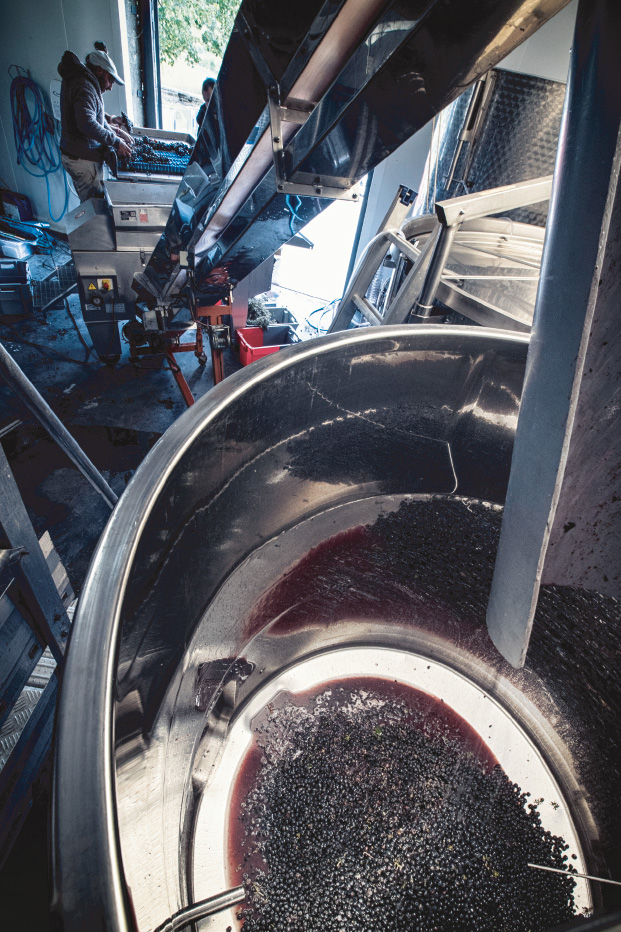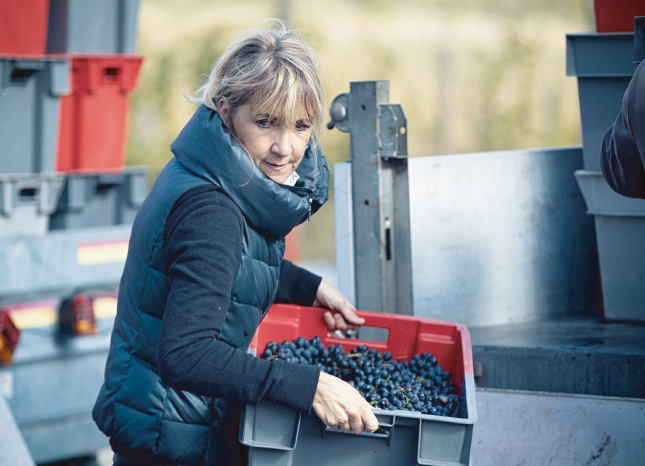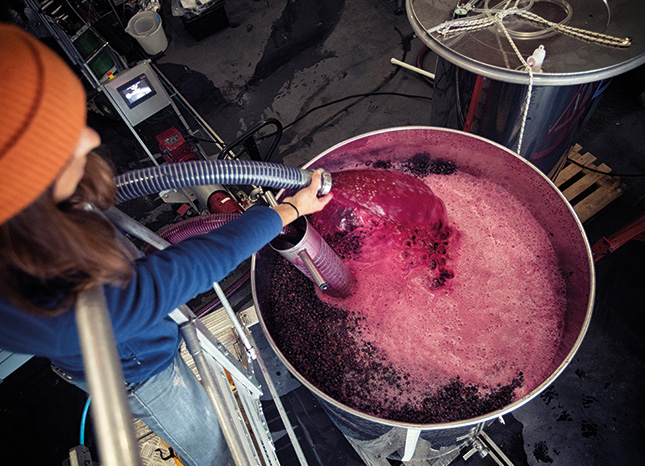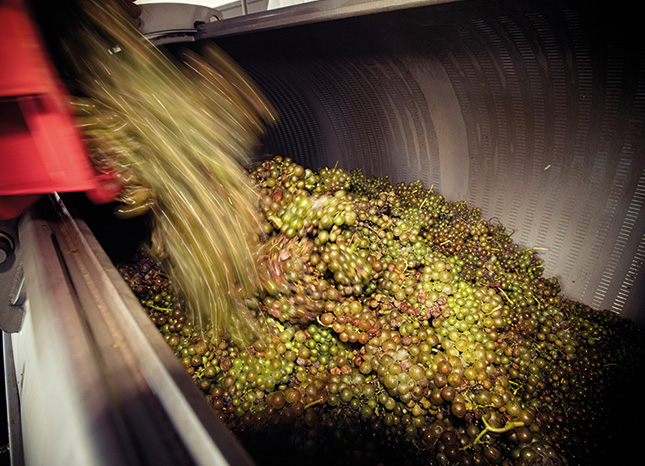Winemaking
Alongside the establishment of the vineyard, the initial plantings, and the production of the first vintage, extensive restoration work was carried out to refurbish the agricultural buildings and create a vat room, a cellar for white and red wines, a bottling room, and the necessary ancillary facilities for equipment storage. Committed to selecting the finest materials and adhering to the highest quality standards, the Fournets enlisted the services of Vectoeur, a Beaune-based company specializing in microbiological analyses.

The Vat Room
And Equipment Selection
Meanwhile, Florence earned her DUTO (University Diploma in Oenology Technician) in June 2018 in Dijon. This intense year of training, undertaken concurrently with her work as a speech therapist, now enables her to be fully operational in the cellar!
Naturally, the selection of winemaking equipment was not left to chance; the finest technologies were employed to uphold the estate’s commitment to excellence. From the insulation and air conditioning of the cellars and vat room, to water analysis, the Europress pneumatic press, a vertical press for red wines, a high-end pump, and thermo-regulated stainless steel tanks with temperature control—every detail has been meticulously studied and implemented.


The Harvest
A Decisive Moment
The harvest spans approximately one month to ensure optimal ripeness. Multiple passes are made through the vineyards to select only the perfect grapes.
The sorting process is rigorous, and our teams are well-staffed during this season to retain only the finest fruit.
The Côte Levant cuvée benefits from a semi-destemmed harvest for half of the crop; this means that sorters meticulously remove the stems with scissors, cluster by cluster, to preserve the freshness of whole-bunch fermentation without introducing astringency.


Indigenous Yeasts
Minimal Intervention
Our winemaking methods are designed to be as respectful of the fruit as possible. This includes gentle extraction, precise temperature control throughout the vinification process, a vertical press for red wines, a horizontal pneumatic press for white wines, and winemaking that prioritizes indigenous yeasts with minimal sulfite additions.
Whites are racked after settling and then vinified in 1 to 3-year-old demi-muids (primarily Stockinger), conical vats, and 1000-liter sandstone amphorae. White wines are aged for 10 months, while Côte Levant and Côte Rôtie are aged for 18 months, followed by bottling on a fruit day.





